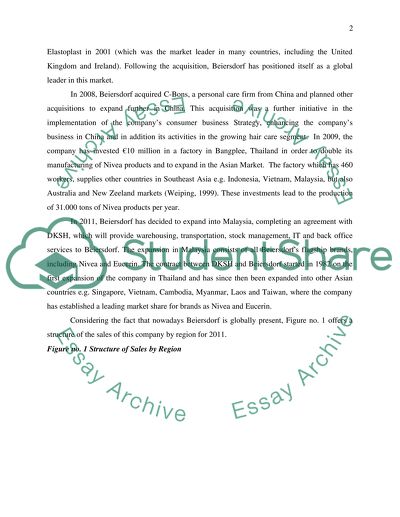Cite this document
(“Born global firms Essay Example | Topics and Well Written Essays - 500 words”, n.d.)
Retrieved from https://studentshare.org/macro-microeconomics/1605749-born-global-firms
Retrieved from https://studentshare.org/macro-microeconomics/1605749-born-global-firms
(Born Global Firms Essay Example | Topics and Well Written Essays - 500 Words)
https://studentshare.org/macro-microeconomics/1605749-born-global-firms.
https://studentshare.org/macro-microeconomics/1605749-born-global-firms.
“Born Global Firms Essay Example | Topics and Well Written Essays - 500 Words”, n.d. https://studentshare.org/macro-microeconomics/1605749-born-global-firms.


